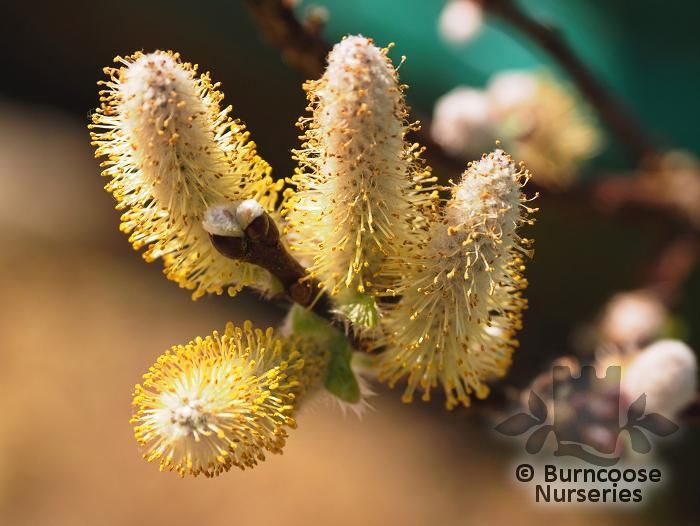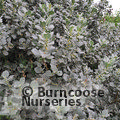SALIX hastata 'Wehrhahnii'

<




>
SALIX hastata 'Wehrhahnii'
Commonly known as Halberd-leaved willow

Semi-dwarf willow with grey foliage. Catkins start white and turn yellow
Full Plant Details - Sun/Soil & other attributes
-
Floweringlocal_floristJanlocal_floristFeblocal_floristMarlocal_floristAprlocal_floristMaylocal_floristJunlocal_floristJullocal_floristAuglocal_floristSeplocal_floristOctlocal_floristNovlocal_floristDec
-
 Good to know
Wildlife plant - nectar and pollen for insects.
Good to know
Wildlife plant - nectar and pollen for insects. -
 Pests & Diseases
Aphids, caterpillars, leaf beetles, sawflies, willow scale, anthracnose, honey fungus, rust.
Pests & Diseases
Aphids, caterpillars, leaf beetles, sawflies, willow scale, anthracnose, honey fungus, rust. -
 Place of origin
Engadine valley, Swiss Alps, c1930.
Place of origin
Engadine valley, Swiss Alps, c1930. -
DeciduousOval, entire to finely-toothed leaves to 6cm (2½in) long.
-
 White
White turning yellow
White
White turning yellow -
BorderSuitable for a shrub border
-
Coastal / windswept
-
Cottage garden
-
Patio / pot plants
-
Rockery (inc alpine)
-
Suitable for small gardens
-
Town garden
-
Fully hardy
-
 Height
1m (39in)
Height
1m (39in) -
 Spread
1m (39in)
Spread
1m (39in) -
Dwarf shrubTypically only grows to a maximum of one or two feet in height but there will be some exceptions.Slow-growing, upright with dark, purple-brown shoots. Silvery-grey male catkins to 7cm (3in) long before leaves
-
 Pruning group 1
Suitable for: Deciduous and evergreen trees, and some deciduous shrubs.
Pruning group 1
Suitable for: Deciduous and evergreen trees, and some deciduous shrubs.
Pruning: Minimal pruning required. Prune wayward or crossing branches to maintain a healthy framework.
When: When dormant in the late winter/early spring. Some in the summer/autumn to prevent bleeding of sap.
-
 Hardy - very cold winter
Hardy in all of UK and northern Europe. Plant can possibly withstand temperatures down to -20°C (-4°F)
Hardy - very cold winter
Hardy in all of UK and northern Europe. Plant can possibly withstand temperatures down to -20°C (-4°F) -
Spring Seasonal Interest
-
Fertile moist well-drained soil
-
 Full sun
Full sun
-
 Bee friendly
Bee friendly
-
Mature Size1m (39in)


1m (39in)
View Detailed Plant Description
View Planting Tips and Care Advice
Salix - Growing Guide






